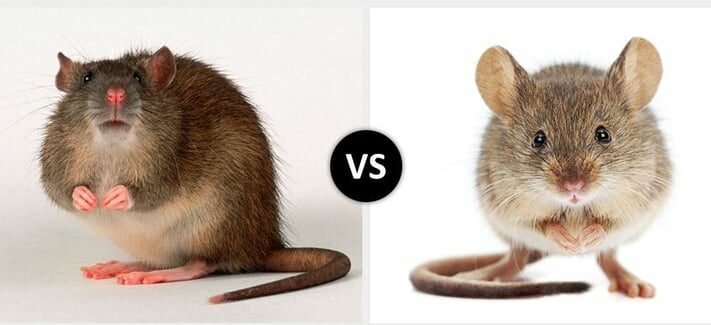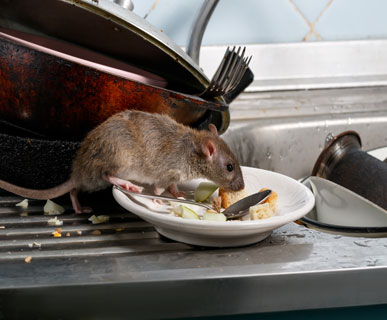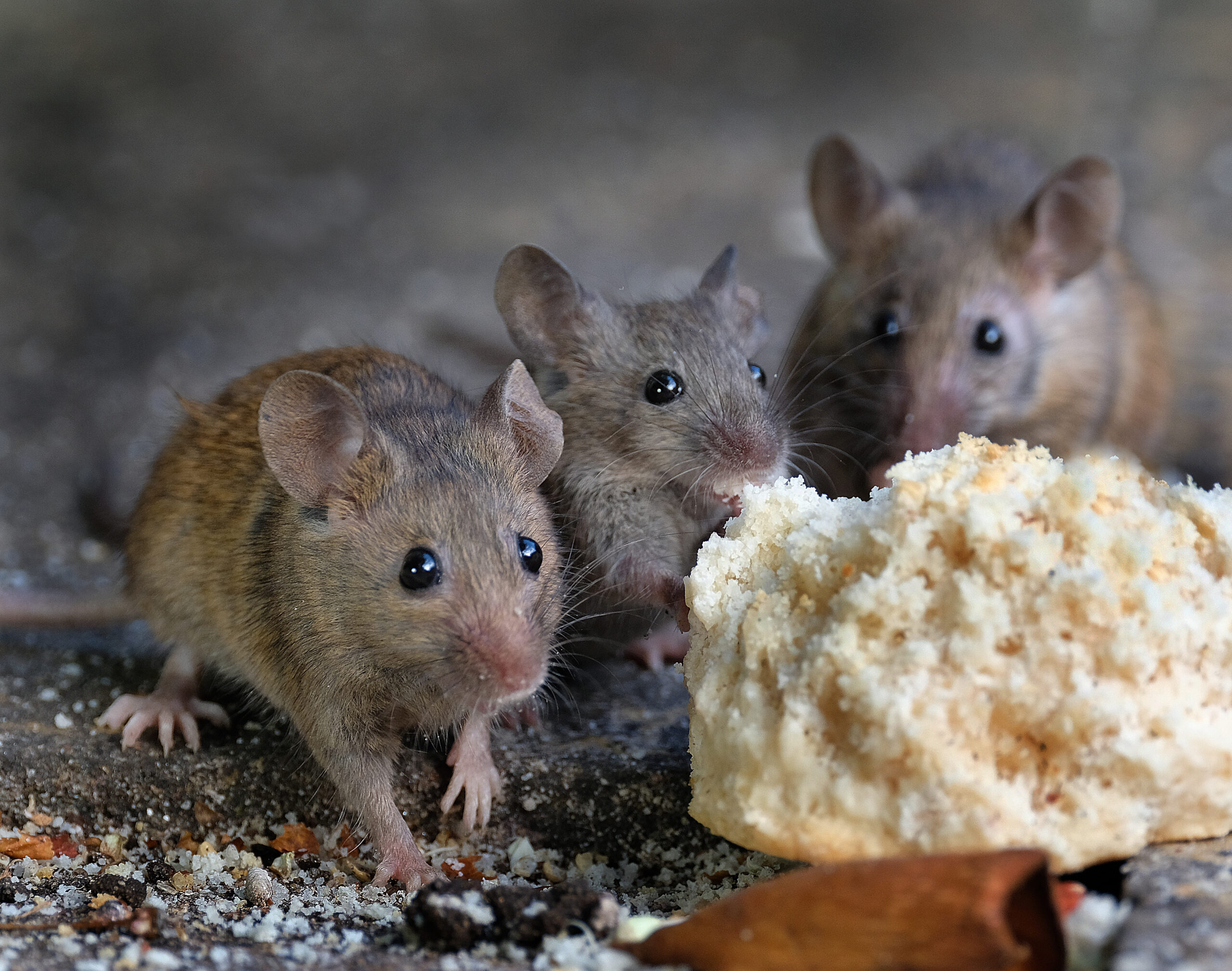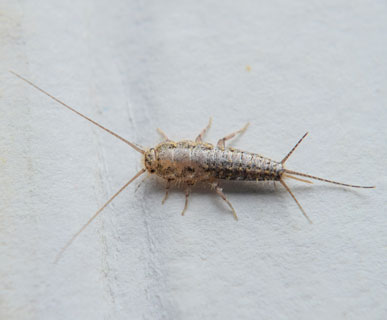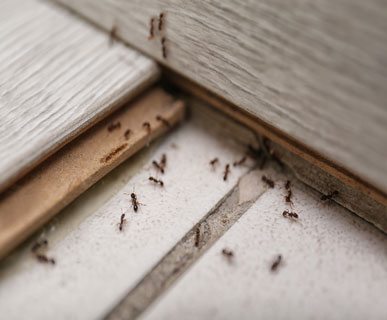Physical Features
Behavior
Habitat
Health Risks
Diet and Feeding Habits
Reproduction and Life Cycle
Prevention and Control Methods
Preventing rats and mice from entering your property in the first place is the best way to avoid an infestation. This can be done by sealing off any potential entry points, such as gaps in doors or windows, and keeping food stored in airtight containers. Keeping your property clean and clutter-free can also help discourage rodents from making themselves at home.
If you do find yourself dealing with a rat or mouse infestation, there are several control methods you can use. Traps and baits are commonly used to catch and kill rodents, but care should be taken to ensure that they are placed in areas where children and pets cannot access them. In some cases, professional pest control services may be necessary to fully eliminate an infestation.

